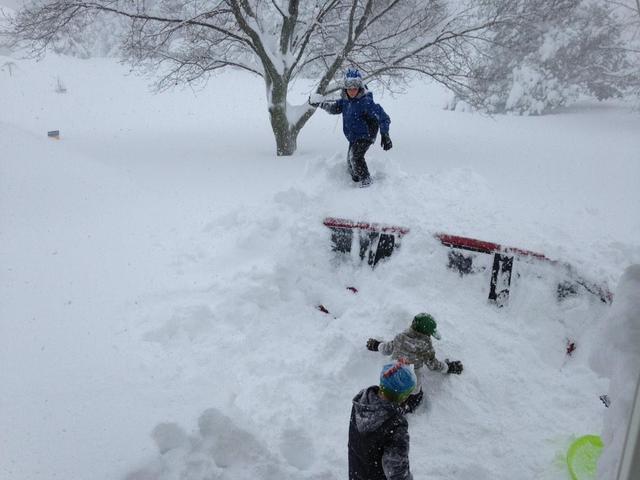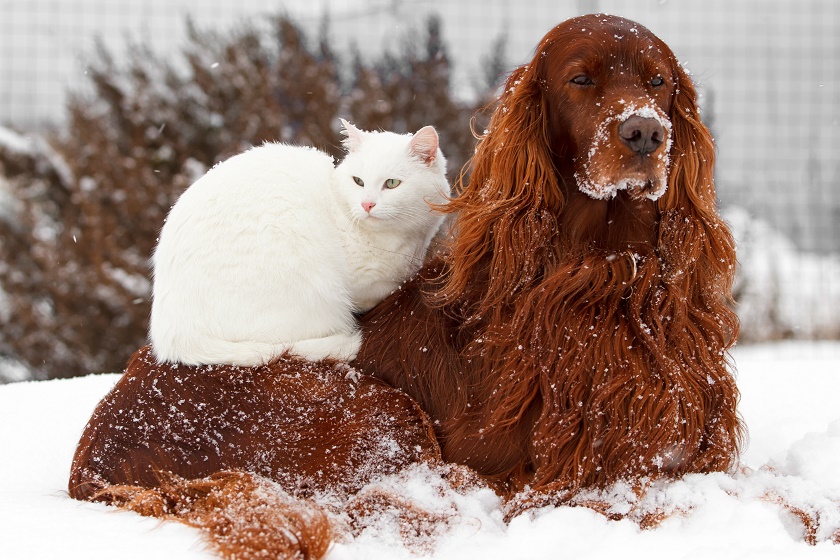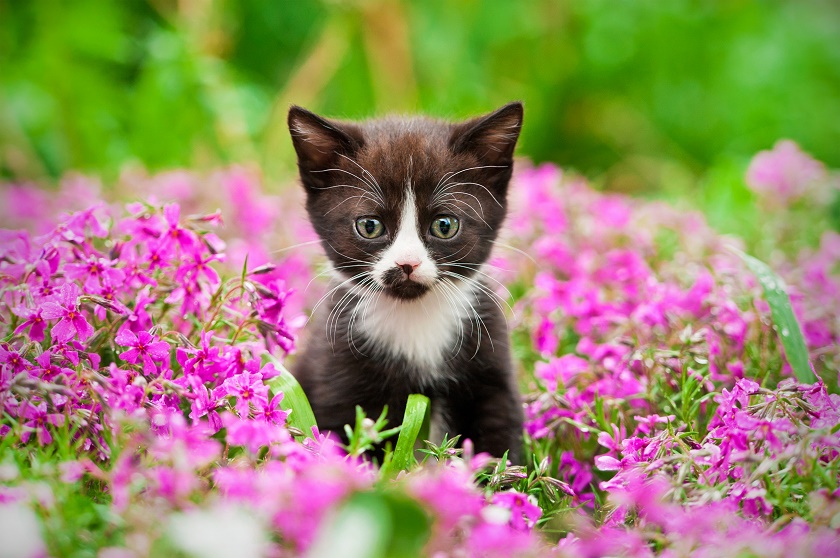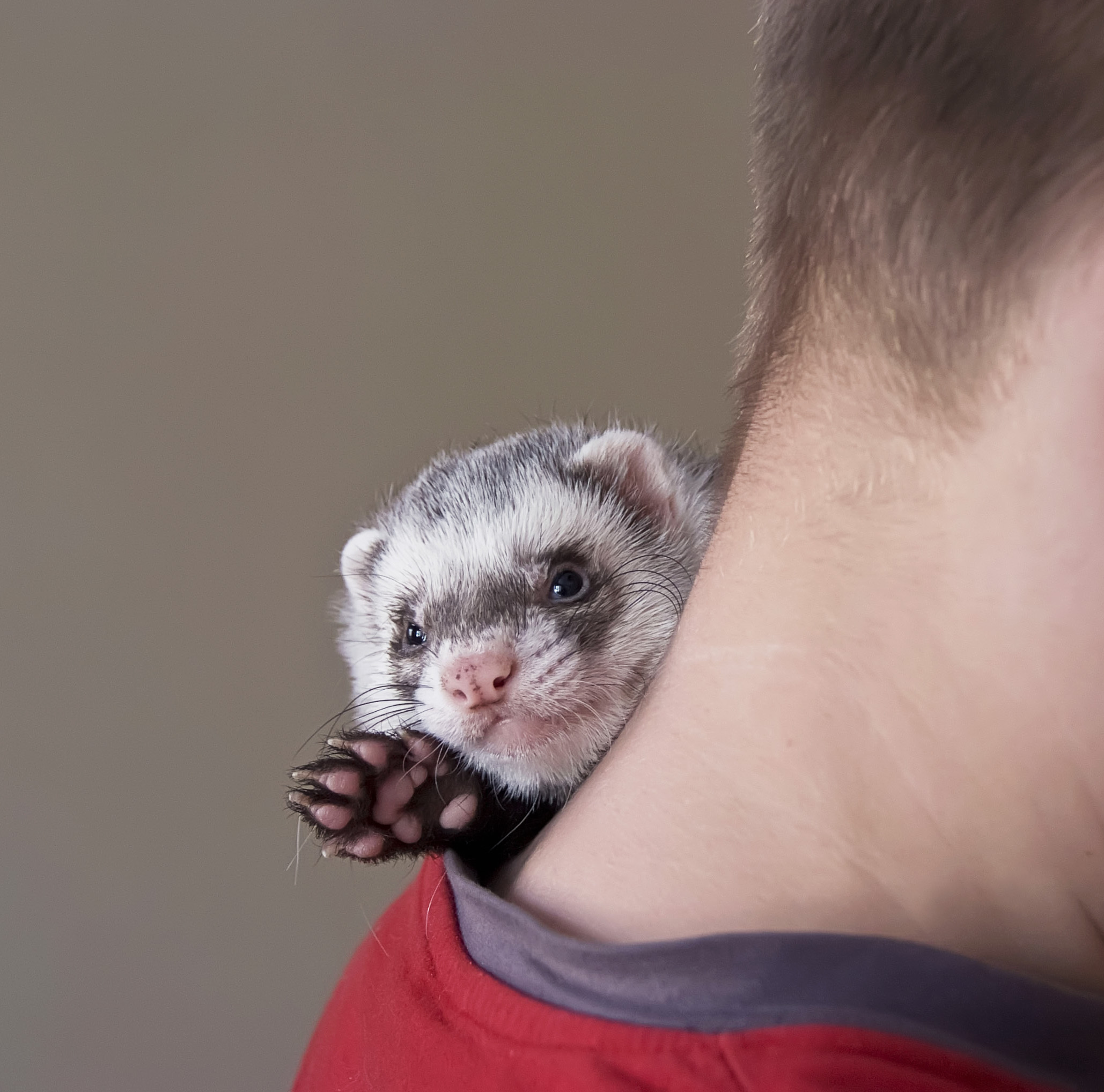Keep Pets Safe & Healthy In The Winter
Post by Blog Manager Robbi Hess
It’s only mid-November and the frozen tundra of Western New York that I live in has seen up to five feet of snow in the Buffalo, NY area. Thruways have been closed for some-70- mile stretches, people can’t even open their front doors or garages because the snow has piled so high during this brutal first storm of the year. Individuals have been stranded in their cars and snow plows have broken down because of the sheer amount of snow they are being asked to remove. Even if the plows work, when you have five feet of blowing, drifting snow in the area, there is truly no where to move it to.
Because I am 1) involved in the pet industry and 2) cognizant of my role as a pet parent here are my tips to keep pets safe and healthy in the winter:
- If it’s too cold for you it’s too cold for your pets. This should be the rule of thumb. While you may not own a poodle that you dress in snow suits, even a large, hairy dog will suffer from the cold and snow if left out of doors. Even though you provide your dog or cats a shelter in the out of doors, be aware that when the temperatures and the wind chills drop, even the walls of a shelter might not be enough to keep them from freezing. Bring them indoors, please. They can suffer hypothermia just the same as humans can.
- If you have a small dog, put on a winter coat or boots when you take him or her outside. They may not be happy donning clothes if they aren’t accustomed to it, but they will certainly thank you for it. If you use rock salt on the steps, make sure it is pet-friendly. If not, you will want to carry your pet over the salt so it doesn’t get into their feet and between their pads.
- Before you start your car in the morning, make noises, yell a little if you have to. Even if you might feel a bit ridiculous, if there are neighborhood cats that live in the out of doors, you don’t want to start your car if one of them has taken refuge inside the engine area or the wheel wells to escape the frigid temps.
- Cold weather may impact your pet’s ability to climb stairs, especially if he or she suffers from arthritis. Carry him if you can or set up a ramp to make it easier on his bones and joints.
- Just as you shouldn’t ever leave your pet in a car in the summer, you shouldn’t leave them in a car in the winter. Keep them
 home where they will be safe.
home where they will be safe. - Make certain there is no antifreeze accessible to your pet. This is a hazard because ingestion of it can lead to illness or death and because most antifreeze has a sweet taste, your pet will be tempted to drink it.
- If you have a dog who loves to be out of doors (and our dog Spenser does. Once the temperatures drop he begs to be outside — it’s his Husky breed) make sure they aren’t allowed to stay out for long and if they’re outside they need to have access to fresh, not frozen water at all times. Even though Spenser would love to be outside for hours at a time, lying in a snowbank, we limit him to 30 minute intervals and bring him back in to warm up.
- Your pets may eat more in the winter because they are expending calories by their attempts at staying warm. If they are circling the food bowls more often, this is why.
For more information on winter pet care, read this post by the late Dr. Lorie Huston.
If you have feral cats in your neighborhood, read this post and watch the video on how to make a quick and easy shelter for outdoor cats.
(Snow photo from www.newsnet5.com)
(Photo Shutterstock Irish Setter and cat in snow)




